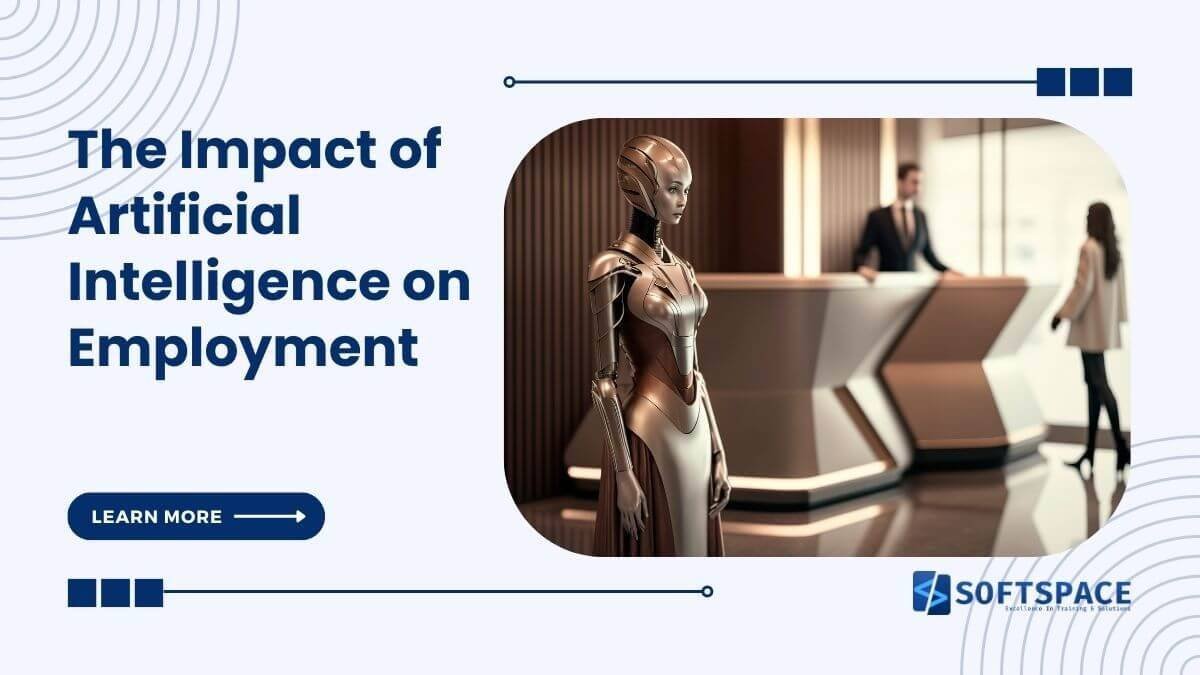Artificial Intelligence and Employment

Artificial intelligence (AI) is revolutionizing various sectors by enhancing efficiency and productivity. However, a recent report highlights a concerning trend: AI is projected to impact over 60 million jobs across the U.S. and Mexico within the upcoming year. This significant shift raises questions about the future of work and the demographic groups most at risk. This article explores five critical changes driven by AI that are set to redefine the future of work.
1. Automation of Routine Tasks
AI-powered automation is transforming industries by taking over repetitive and mundane tasks. This shift allows employees to focus on more complex and creative responsibilities. However, it also raises concerns about job displacement and the need for reskilling.
- Example: Manufacturing and customer service sectors are seeing significant automation with robots and AI systems handling routine processes.
2. Creation of New Job Categories
While AI may eliminate certain roles, it also creates new job opportunities that didn’t previously exist. These roles often require advanced skills in AI, data analysis, and cybersecurity.
3. Enhanced Decision-Making
AI enhances decision-making capabilities by providing data-driven insights and predictive analytics. This enables businesses to make more informed strategic choices, impacting roles that involve data analysis and strategic planning.
- Example: Marketing and finance sectors leverage AI to optimize strategies and forecasts.
4. Shift in Skill Requirements
The rise of AI changes the skill set needed for many jobs. There is an increasing demand for skills in AI programming, machine learning, and digital literacy. Traditional roles are evolving, requiring employees to adapt to new technologies.
- Example: IT and software development professionals are now expected to have expertise in AI tools and technologies.
5. Changes in Work Environment
AI is reshaping work environments with the integration of virtual assistants, remote work technologies, and smart office solutions. This shift impacts how and where work is performed, influencing both productivity and work-life balance.
- Example: Remote work tools powered by AI facilitate virtual collaboration, changing the dynamics of workplace interactions.
Socioeconomic Vulnerabilities
Among those particularly vulnerable to job displacement are women and low-skilled workers. The integration of AI technologies often favors roles that are easily automated, leaving many in entry-level positions at risk of unemployment. As industries increasingly adopt AI-driven solutions, understanding the socio-economic implications becomes imperative for policymakers and stakeholders.
Preparing for Change
Addressing the potential ramifications of AI on the labor market calls for proactive measures. Reskilling and upskilling initiatives are essential to prepare the workforce for the technological era. Investing in education and training programs can equip individuals with the necessary skills to thrive in an AI-dominated landscape, thereby mitigating adverse effects on employment.
In conclusion, AI’s impact on jobs presents both challenges and opportunities. By recognizing the demographics at risk and fostering a culture of continuous learning, society can navigate the complexities of this transformation, ensuring a more inclusive and resilient workforce for the future.
Conclusion
The impact of Artificial Intelligence (AI) on employment is profound and multifaceted, reshaping industries in ways both positive and challenging. On one hand, AI offers unparalleled opportunities for innovation, efficiency, and productivity. By automating repetitive tasks, improving decision-making through data analysis, and driving advancements in areas like healthcare, finance, and manufacturing, AI has the potential to revolutionize how work is performed. This can lead to the creation of entirely new industries and job categories, with roles focused on developing, maintaining, and improving AI systems.
However, AI also brings about significant disruption, particularly in traditional job roles. Many routine or manual jobs are at risk of automation, as AI-powered machines and algorithms can often perform these tasks faster and more accurately than humans. This shift has raised concerns about job displacement, particularly for workers in sectors like manufacturing, customer service, and logistics, where automation has already started to replace human labor.
